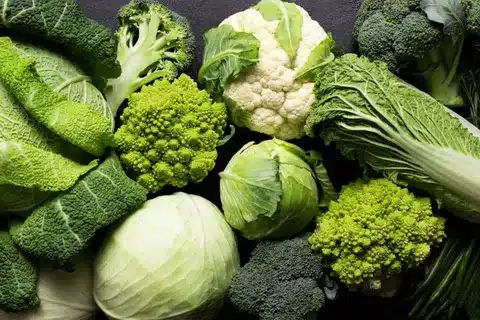Fiber is a type of carbohydrate that cannot be fully digested by the human body. It passes through the digestive system relatively intact and provides several health benefits. Fiber is an essential nutrient that aids in digestion, promotes bowel regularity, and helps maintain overall health.
So let’s explore types of fiber and high-fiber foods for healthy diet for you.
Table of Contents
Daily Recommended Fiber Intake
The daily recommended intake of fiber for adults is around 25-38 grams.
Types of Dietary Fiber
Soluble Fiber: This type of fiber dissolves in water and forms a gel-like substance in the digestive tract. Soluble fiber helps regulate blood sugar levels, lowers cholesterol levels, and promotes a feeling of fullness. oats, barley and legumes are some soluble fiber sources.
Insoluble Fiber: Insoluble fiber does not dissolve in water and adds bulk to the stool, aiding in regular bowel movements and preventing constipation. It helps maintain digestive health. Whole grains, nuts, seeds are some insoluble fiber sources.
Fiber-Rich Foods in India
Fruits

Fruits are the most basic sources for fibre in India. The choice for high-fiber fruits is very wide. Immunity boosting fruits like Apples, pears, berries like raspberries, blackberries, strawberries, oranges, bananas, and avocados are all high in fiber and great additions to your diets.
Vegetables

Is it more feasible to add fibre rich foods in your everyday meals? Don’t worry, we’ve got your fix. Vegetables like Broccoli, Brussels sprouts, carrots, artichokes, peas, spinach, kale, and sweet potatoes are rich in fiber and can be simply added in your meals for taste.
Legumes

Another simple yet great addition to your diet for fibre are legumes. Lentils, chickpeas, black beans, kidney beans, and split peas are delicious legumes for fibre.
Whole Grains

Want to keep your diet vibrant, delicious and healthy/? Opt for whole grain options like oats, quinoa, brown rice, whole wheat bread, whole wheat pasta, and whole grain cereals.
Nuts and Seeds

Almonds, chia seeds, flaxseeds, pumpkin seeds, and sunflower seeds are good sources of fiber. They can be good snacks to munch on in-between meals.
Bran

Wheat bran, oat bran, and rice bran are high in fiber. They can be added to cereals, smoothies, or baked goods for a healthy tasty treat.
Chia Pudding

Chia pudding is a creamy and nutritious dessert or breakfast made by combining chia seeds with a liquid like milk or yogurt, resulting in a gel-like texture. Moreover, Chia seeds soaked in liquid (such as almond milk) form a gel-like consistency that is high in fiber.
Popcorn

Air-popped popcorns are good sources of dietary fiber. They are great for munching while watching your favourite shows or movies. Moreover, the different types of popcorn can keep you forever munching to this delicious treat.
Benefits of Fiber
- Fiber promotes regular bowel movements and helps prevent constipation by adding bulk to the stool. It provides nourishment for beneficial bacteria in the colon. High-fiber foods are generally more filling and can help you feel satisfied for longer periods, reducing the likelihood of overeating.
- Soluble fiber slows down the absorption of glucose (sugar) into the bloodstream, helping to regulate blood sugar levels which is beneficial for individuals with diabetes or those at risk of developing diabetes.
- Fiber has been associated with a reduced risk of heart disease. Fiber helps lower LDL (bad) cholesterol levels, reducing the risk of plaque formation in the arteries and promoting cardiovascular health.
- A high-fiber diet can decrease risk of various chronic diseases, including type 2 diabetes, colorectal cancer, and certain types of cardiovascular diseases.
- As fiber-rich foods are generally lower in calories, they can be valuable for weight loss or maintenance.
- Fiber-rich diets have been linked to better cognitive function and a reduced risk of age-related cognitive decline. Additionally, a high-fiber diet supports overall longevity and healthy aging by promoting a range of health benefits.
Conclusion
Remember to drink plenty of water when increasing your fiber intake, as it helps fiber move through the digestive system more easily. It’s also important to gradually increase your fiber intake to avoid digestive discomfort and drink plenty of water to prevent any digestive discomfort.
Fibre or Fiber all-in-all is a crucial nutrient and has many health rich properties. Use this list of high-fiber foods to make your healthy diet. Subscribe to our newsletter for more blogs on such healthy foods.




